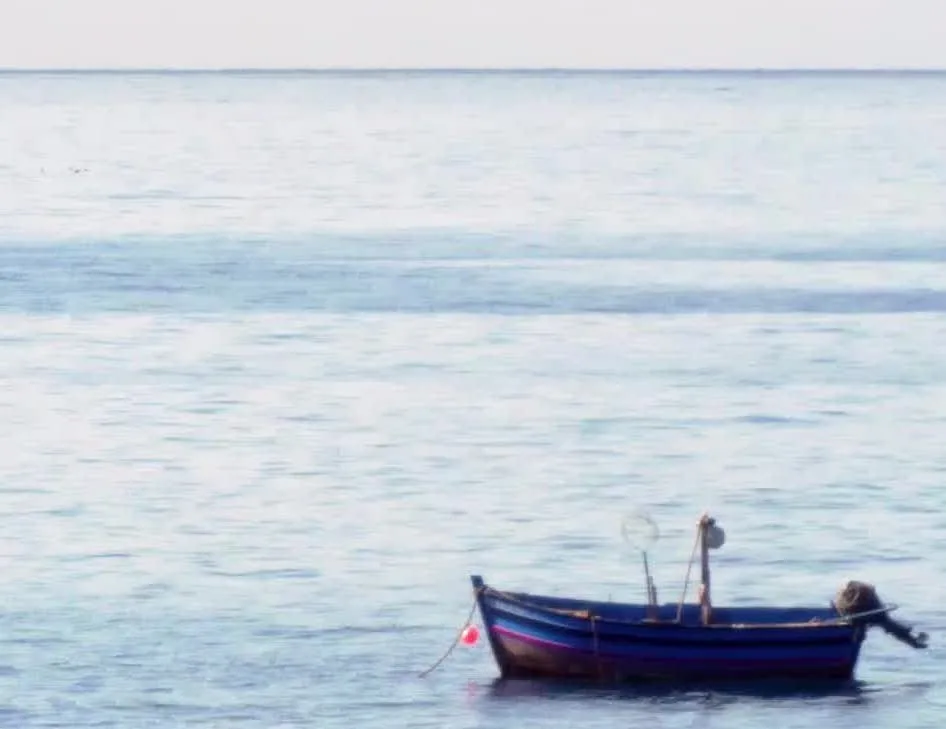Inboard Petrol Winterisation
Mostly all raw water cooled engine are vulnerable during cold winter months, as I have previously talked though the procedures of winterisation on Outboard Petrol Engines here, now I would like to go over the Inboard Petrol Engine.
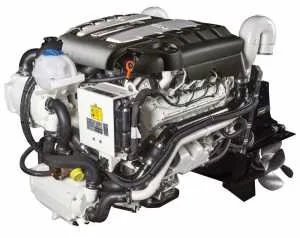
Whereas an outboard engine cylinder block lies vertical, most inboards are positioned horizontally, which means that while the outboard will drain any raw water automatically with the engine trimmed down, Inboards have a tendency to retain and hold water mostly in the exhaust manifold while the engine is not running.
This causes a substantial risk to the exhaust manifolds while the boat is stored as it can cause corrosion or freeze and cause cracking.
A common question I hear is, “If the raw water is salt water, it shouldn’t freeze?”
The issue with a lot of marina’s, is that they are connected to land/fresh water rivers meaning, unless they are regularly flushed then the fresh water will sit on the surface. This results in the water becoming brackish, risking fresh water to freeze in your engine. So its good to be mindful about where your boat is stored when the winter approaches.
This can also cause corrosion issues for Zinc anode users thinking that their boat is in salt water. My advice would be to use Aluminium anodes to be safe as this reacts both with salt and fresh water.
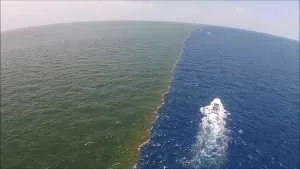
Depending how you will prepare the engine for winterisation depends on whether it is shaft driven or has a sterndrive fitted,, some inboard petrol engines run with a sterndrive, and some are shaft driven.
The raw water pick up on a sterndrive is picked up from vents on the gearbox housing, unless modified.
The raw water pick up on shaft driven will be though a skin fitting attaching the engine from under the water line, which will be controlled by a sea cock. This makes the procedure in the water, or out of the water much simper.
Firstly, close the raw water supply by shutting the seacock which attaches the impeller housing, be careful if you don’t regularly move this seacock as they can snap if too much force is applied which results in a hole in the bottom of the boat, not-desirable, its a good idea to grease the seacock whilst you’re closing it to ensure it continues to operate properly.
After closing the seacock, you can remove the lid off your water strainer, if you don’t have one of these, then remove the seacock supply house, ensuring after removed that no water is leaking from the seacock into the boat if she is still afloat, if it is the case then you’ll need to check the seacock is closed properly. 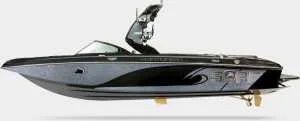
You are now able to pour basic antifreeze into the strainer and run this though the engine until the antifreeze can be seen out of the exhaust, make sure you have a system handy to catch this to make sure you don’t pollute the water or the ground around your boat. If you’ve removed the seacock pipe, then place the pipe opening into a 5 ltr bottle of antifreeze and run the engine, again catching the outfall, same applies to the antifreeze being visible from the exhaust. Then stop the engine, now your manifolds will be full of antifreeze and safe from freezing/cracking.
The procedure is slightly different for a Sterndrive engine, being able to replace the raw water with antifreeze is a little more difficult. So I suggest draining the water from the engine to the bilge so it can be pumped out.
With more modern inboards, they are fitted with a easy engine drain hoses, which tend to be blue, and or referenced on the hoses, “drain engine water”. while following manufactures instructions, go ahead and open the valve and leave drain until water has stopped. I like to turn the engine over to retrieve all the water into the manifolds so it can be all drained off.
If a drain hose is not fitted, then there will be drain plugs sitting in variable places around the engine, both exhaust risers will have them, and depending on engine make, they can be on other components too. Read the engine manual for specific locations.
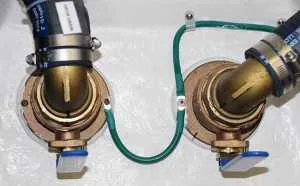
Now we are happy that the engine is not going to freeze internally. I want to take you though other components that will need attention, to make sure your engine is in as good condition as when you left it!
Many fuel tanks will pick up water though condensation, leaks in the fuel cap, and already contaminated fuel. While lots of boats are fitted with water separating fuel filters, some are not, meaning this water will reach your compression rings in the cylinder bore.
Leaving this sit can cause these movable compression rings to seize. Then, when the time comes to restart your motor, the motor will run poorly due to lack of compression, this can also score the internal bore leaving you with empty pockets or a useless engine.
There are ways to prevent this; Always have a Water separating filter fitted & Lubricating the cylinders.
I do this by firstly removing all spark plugs, being mindful to mark the HT leads of their location, then disconnecting any electrical fuel pumps fitted and disengaging the lanyard switch to isolate the ignition.
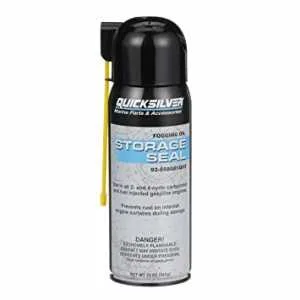 Finally I spray Quicksilver fogging oil into each cylinder for 4-5 seconds, after that, turn the key and let the pistons lube themselves for a further 5 seconds, then refit the spark plugs and HT leads – And that is it, no sticky piston rings!
Finally I spray Quicksilver fogging oil into each cylinder for 4-5 seconds, after that, turn the key and let the pistons lube themselves for a further 5 seconds, then refit the spark plugs and HT leads – And that is it, no sticky piston rings!
To finish off any winterisation, I like to coat the engine in Quicksilver corrosion guard spray and disconnect/grease the battery terminals so the battery doesn’t drain power.
Your engine is now ready to be covered, with you knowing that next season that it will be in the same condition ready to reconnect and enjoy.


